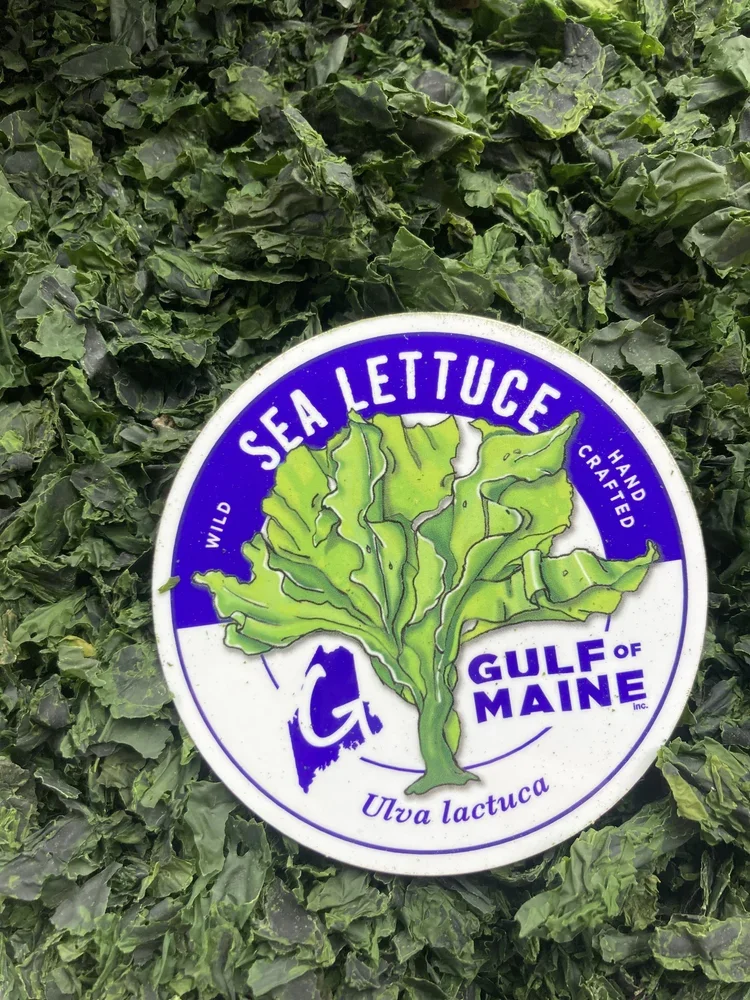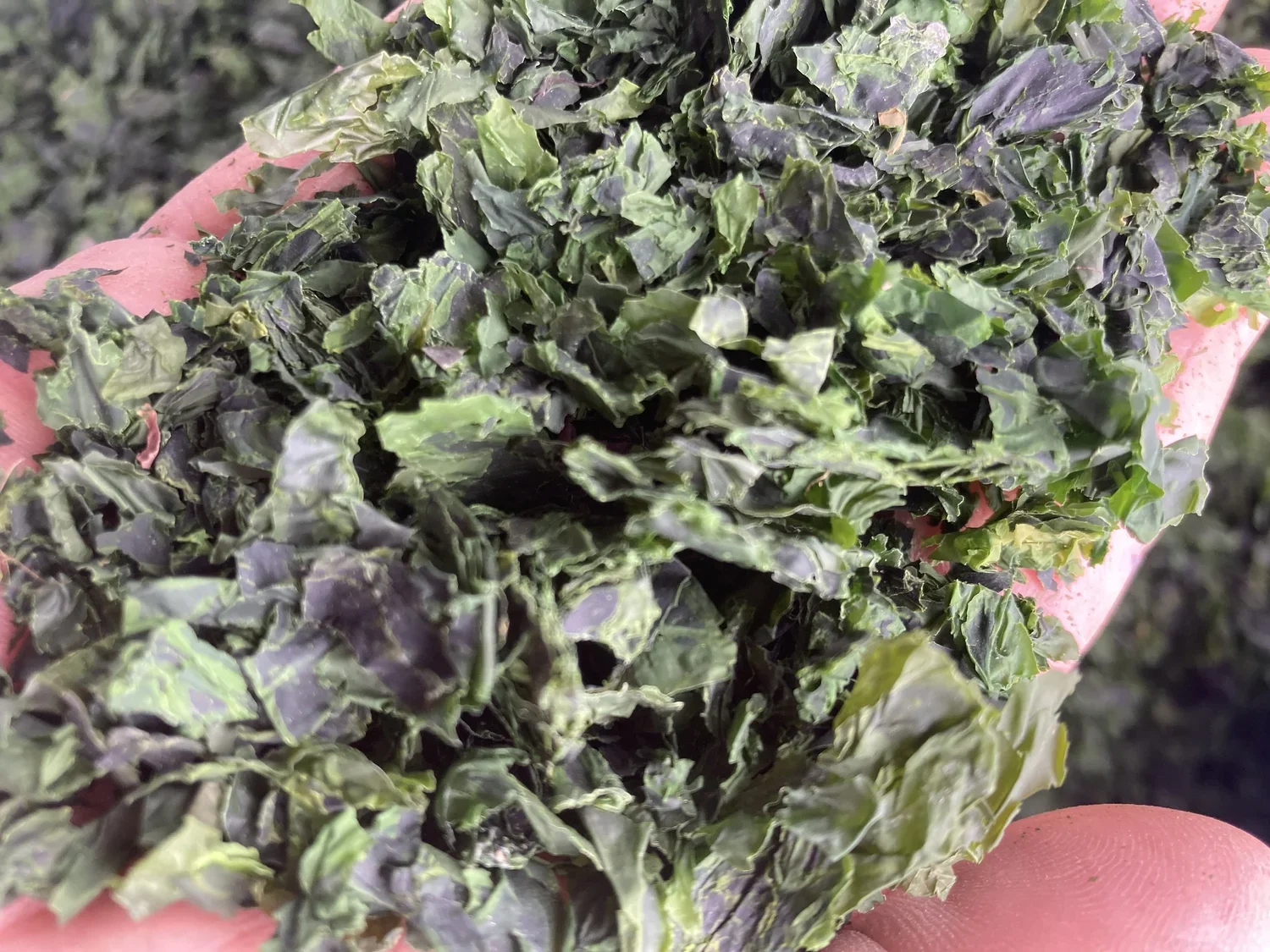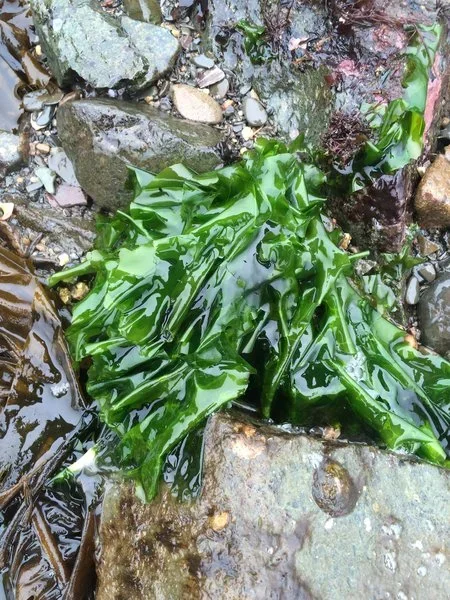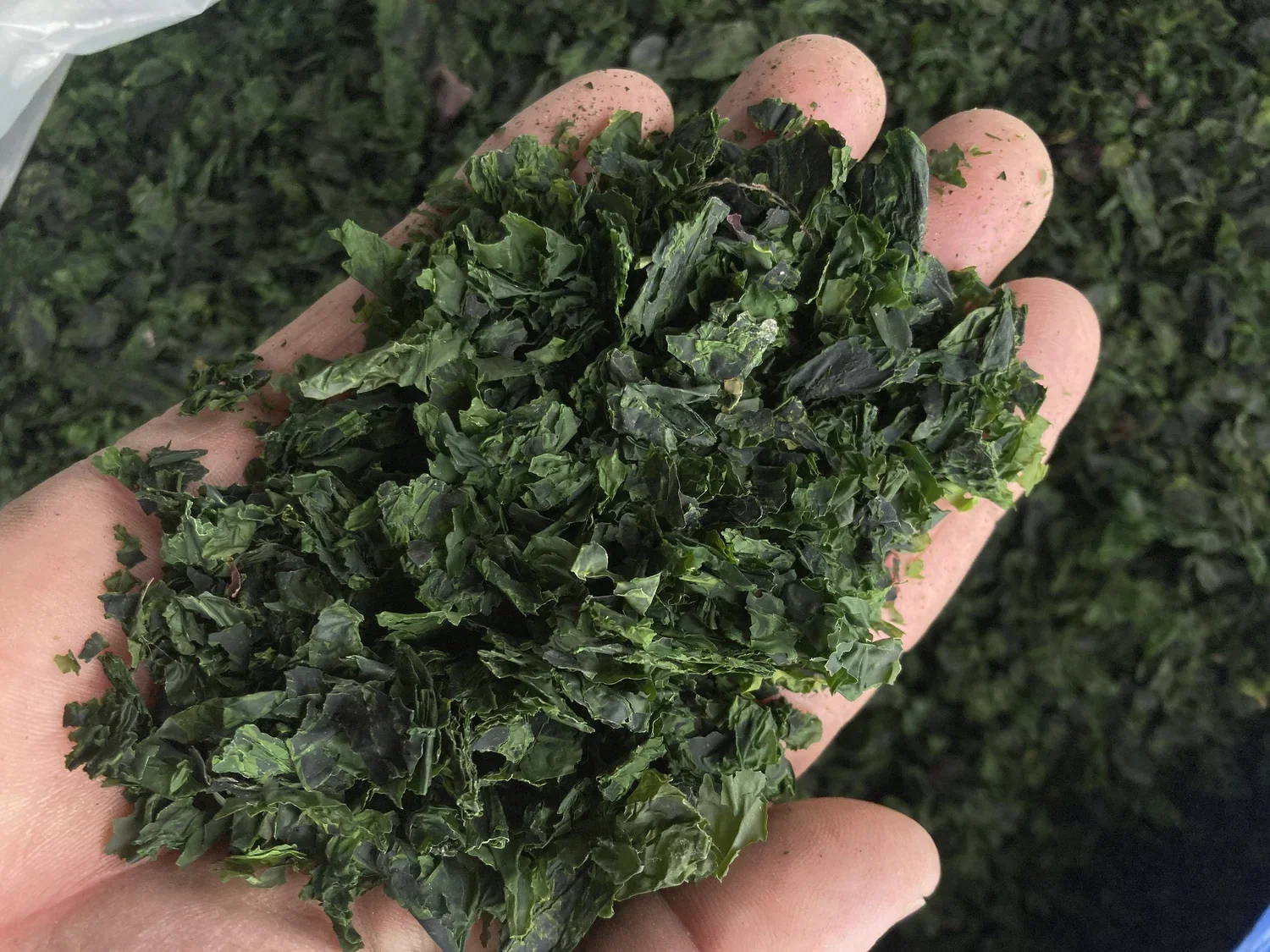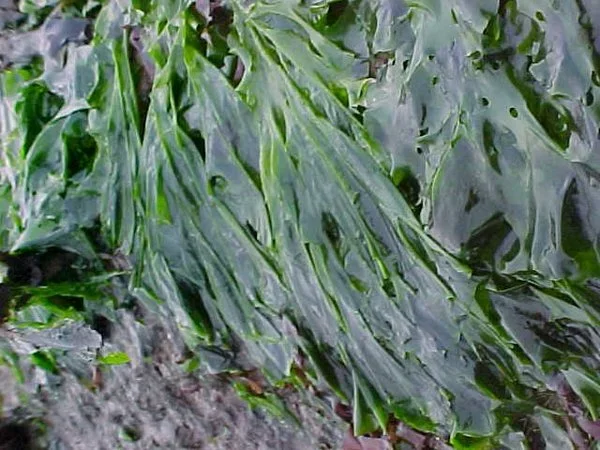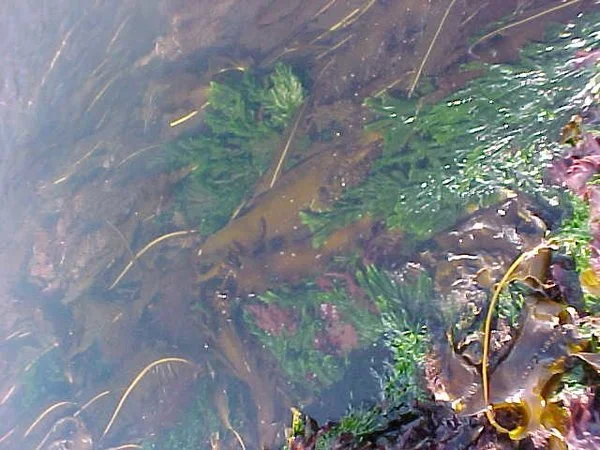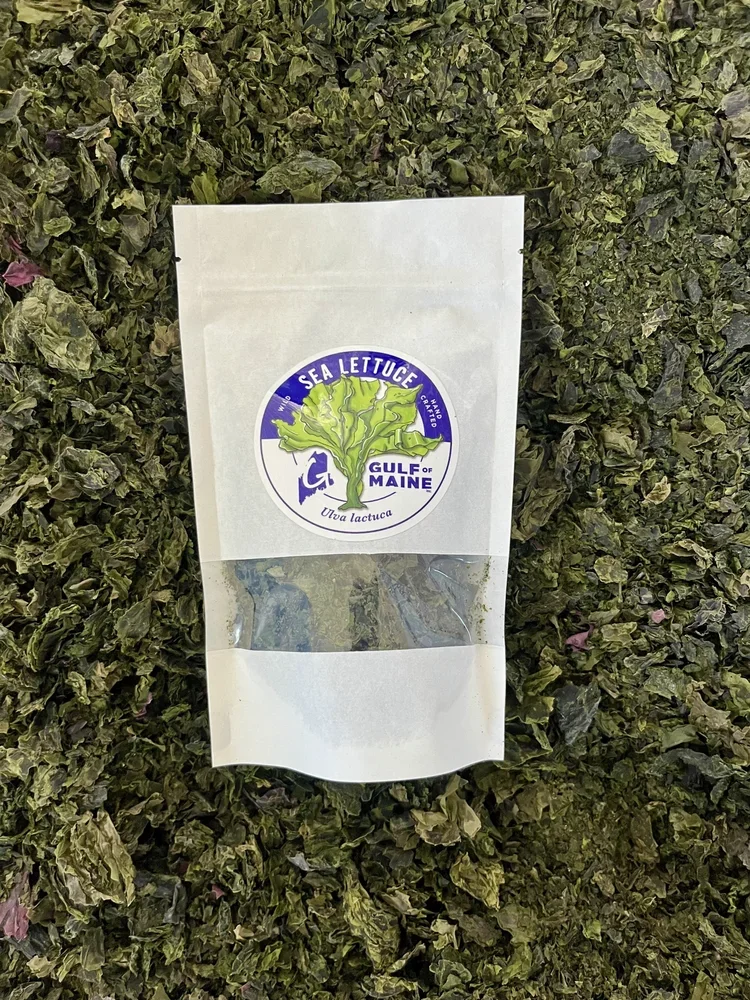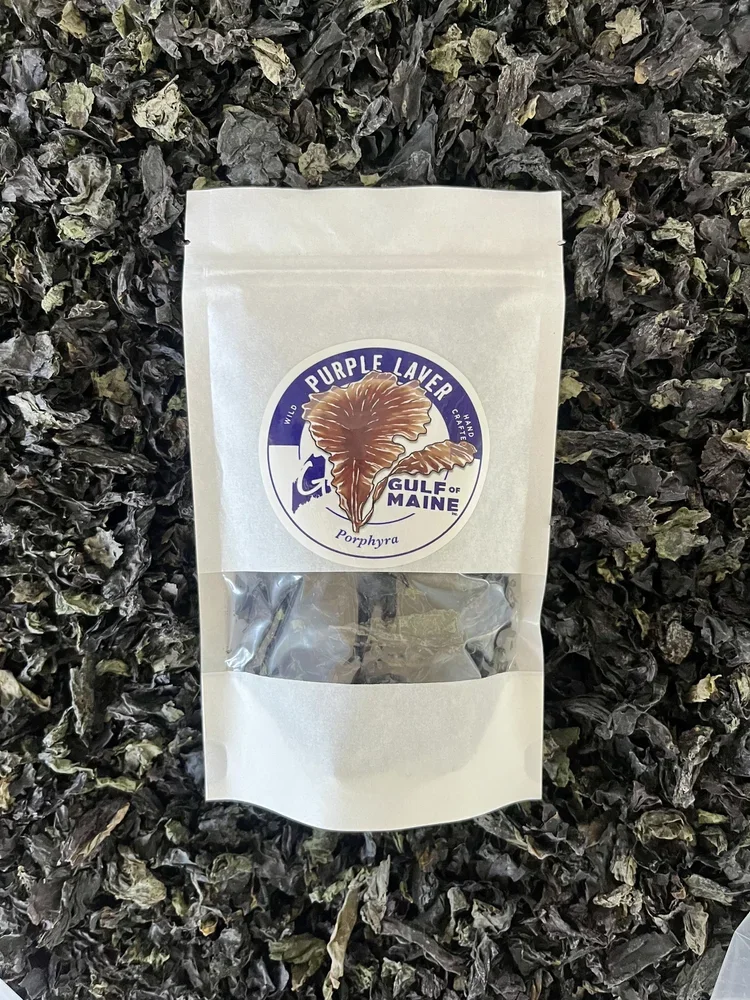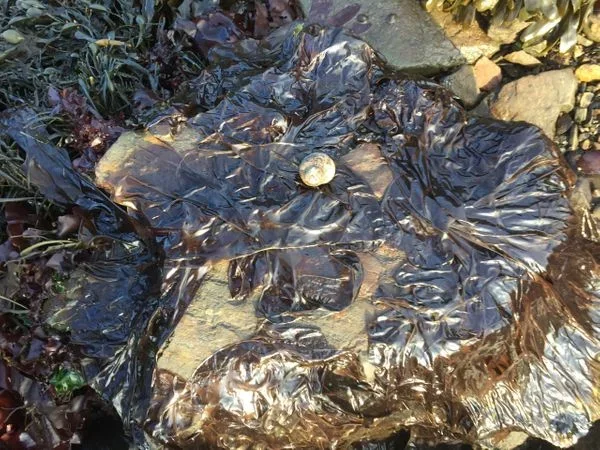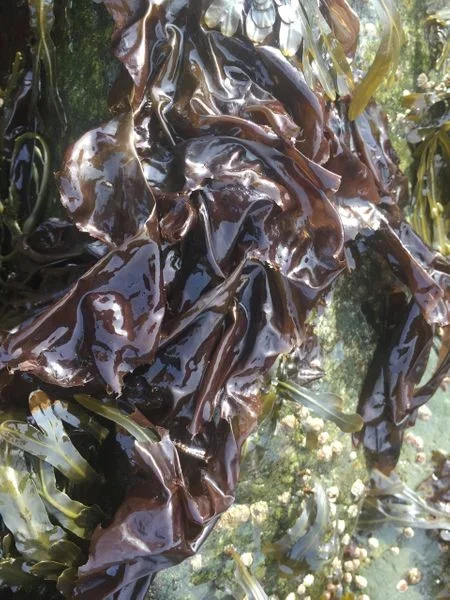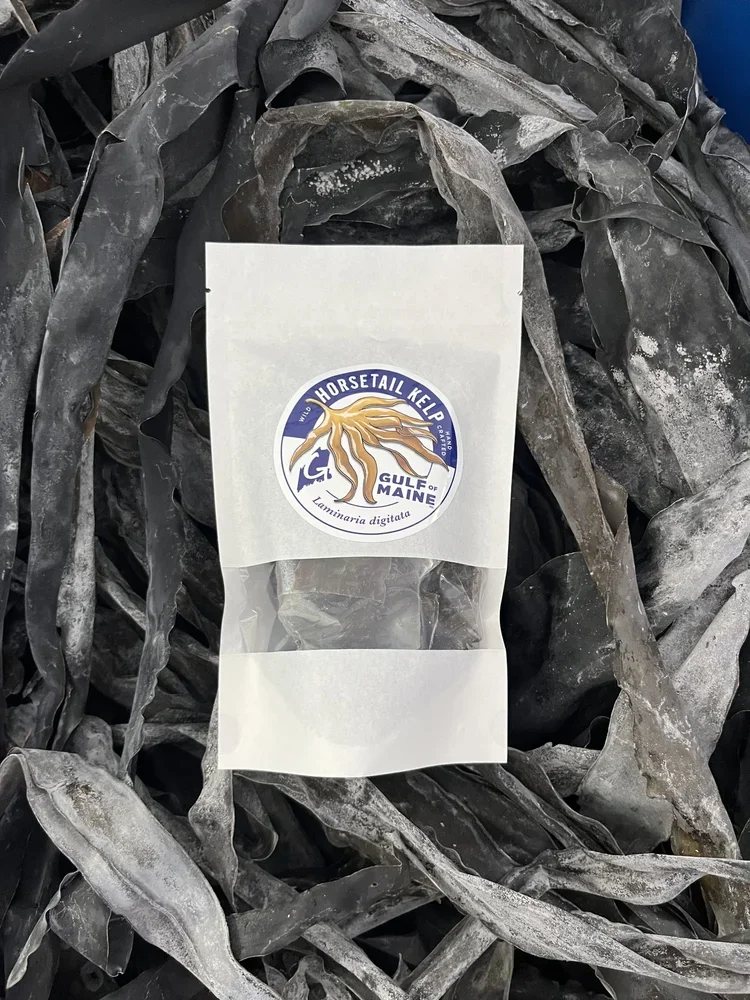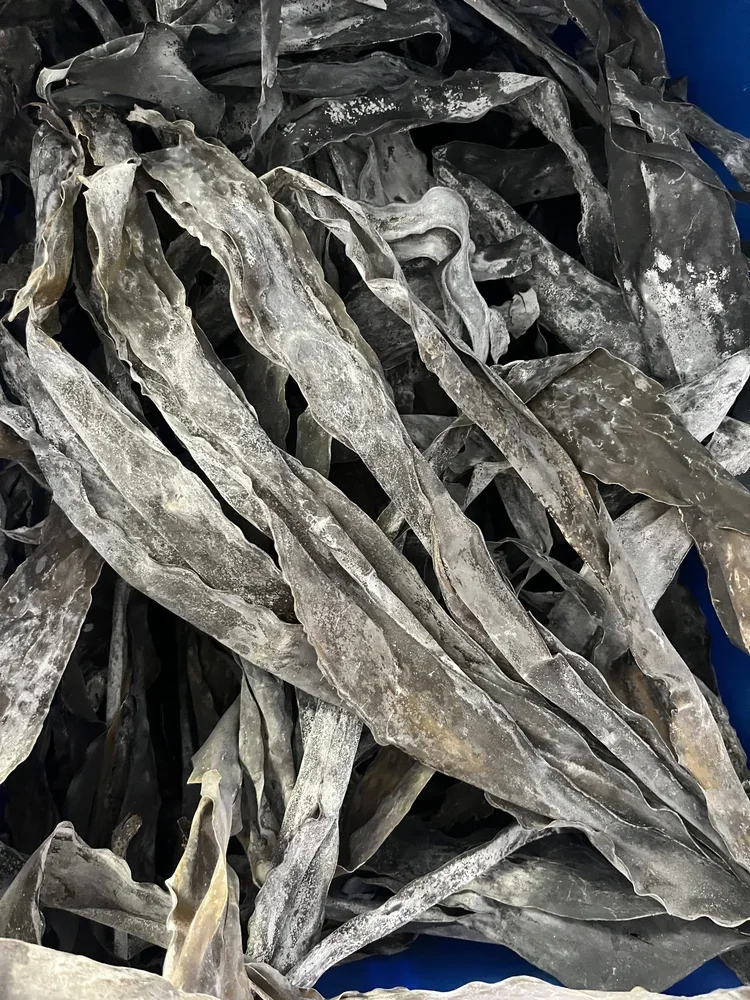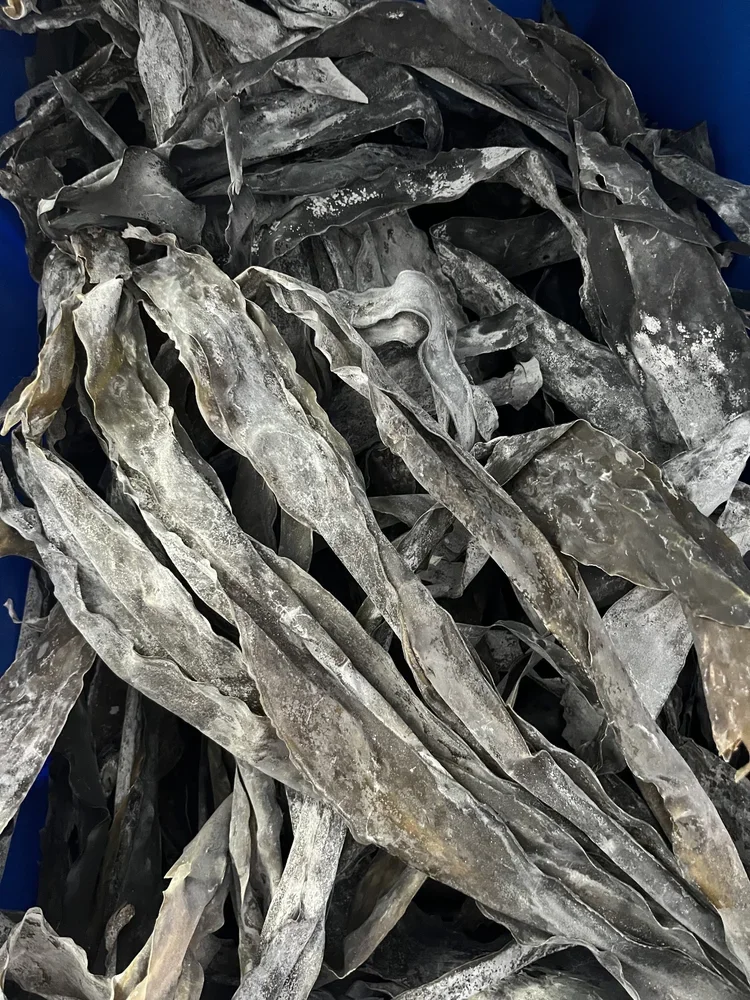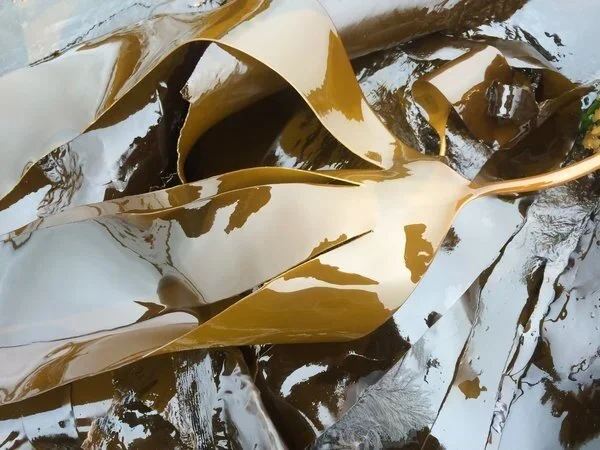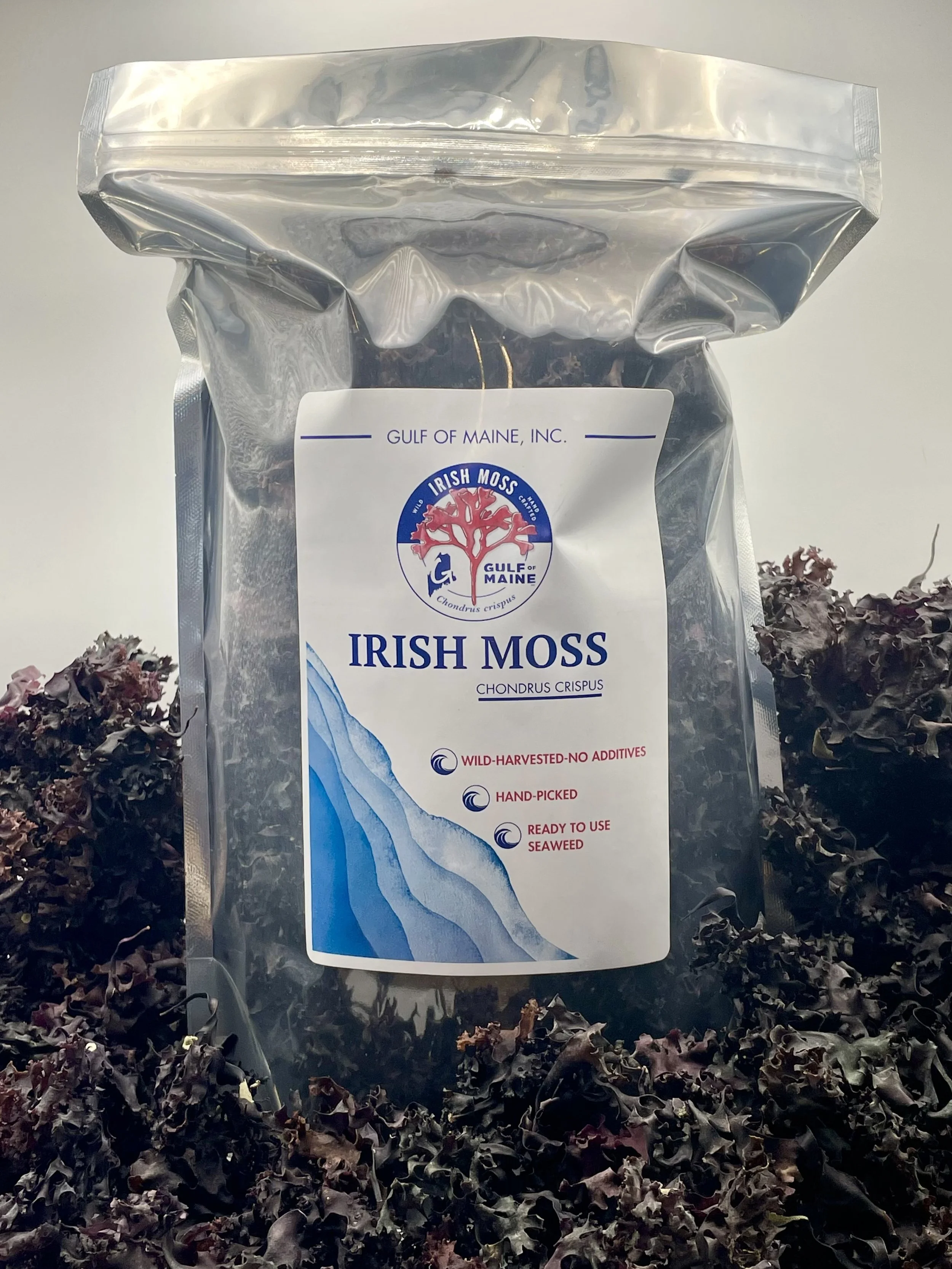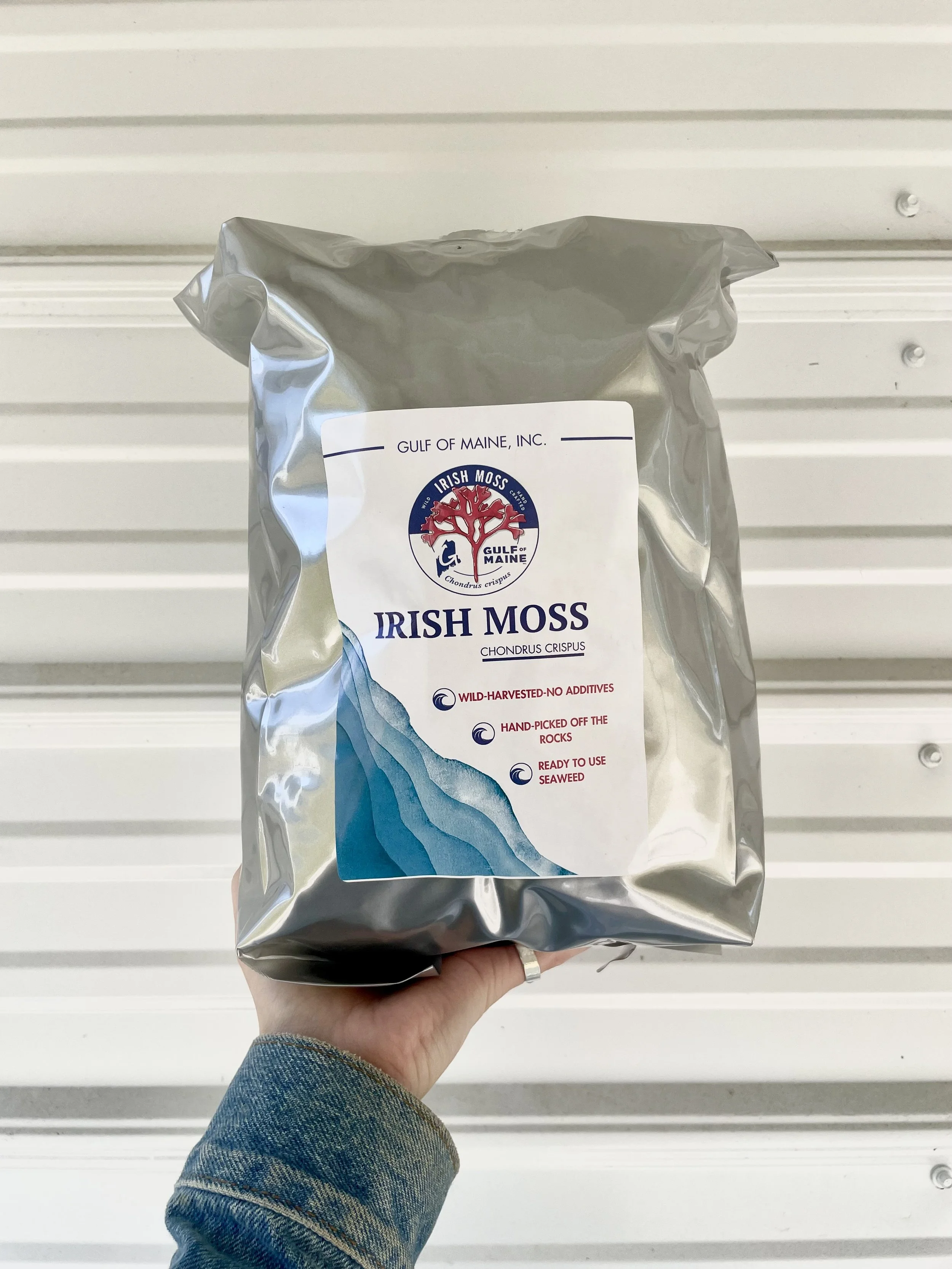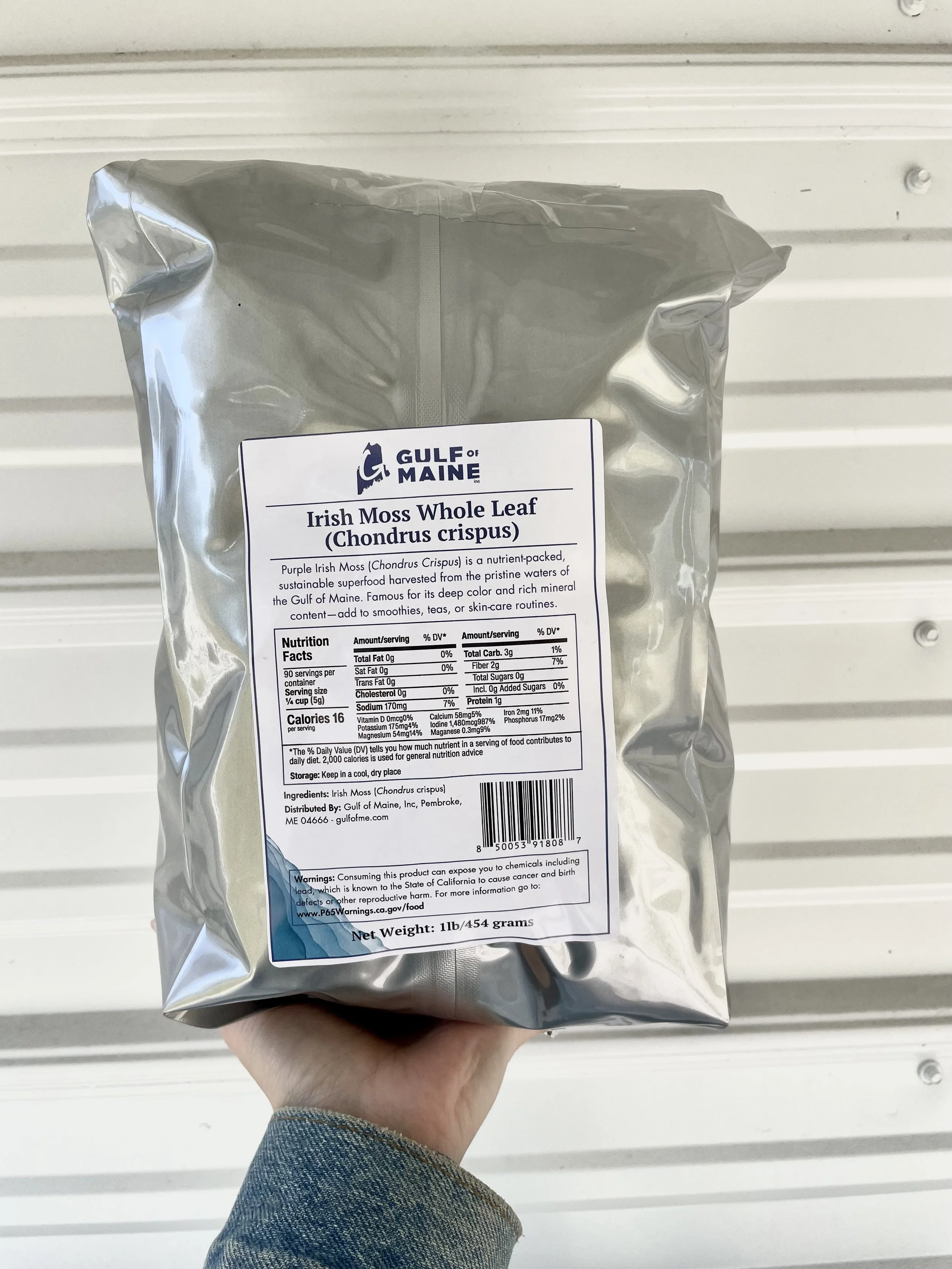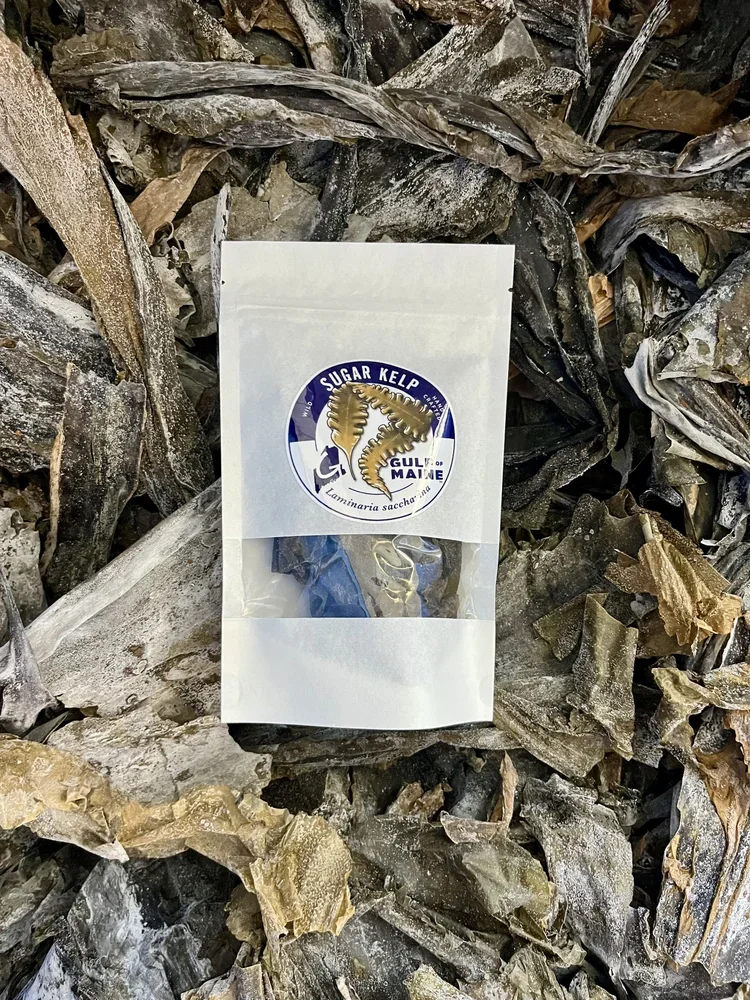 Image 1 of 5
Image 1 of 5

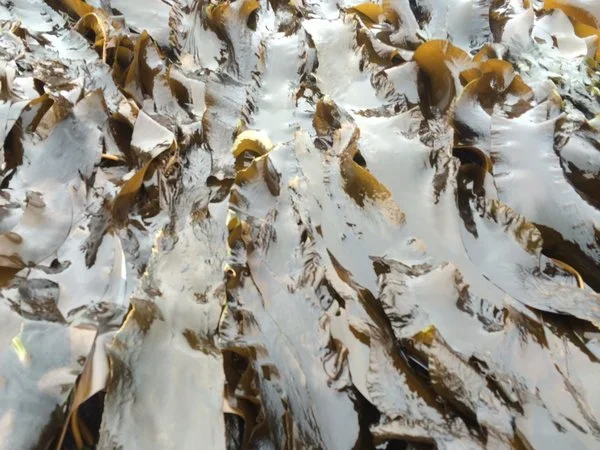 Image 2 of 5
Image 2 of 5

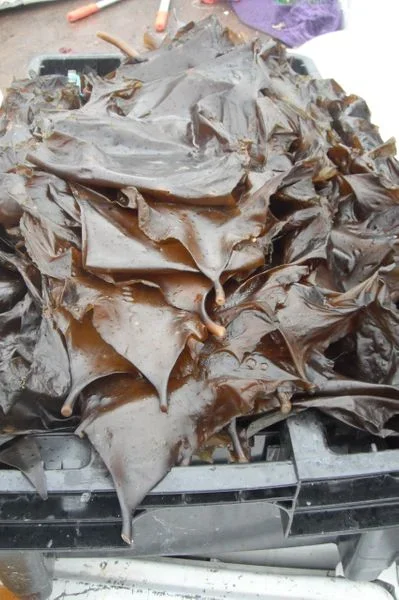 Image 3 of 5
Image 3 of 5

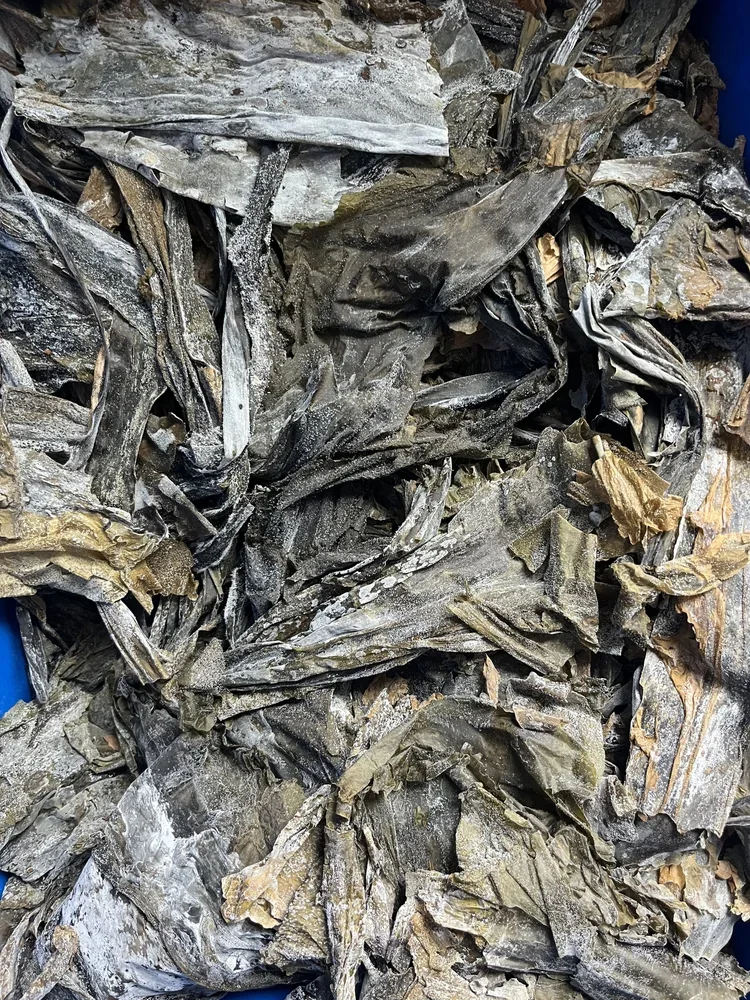 Image 4 of 5
Image 4 of 5

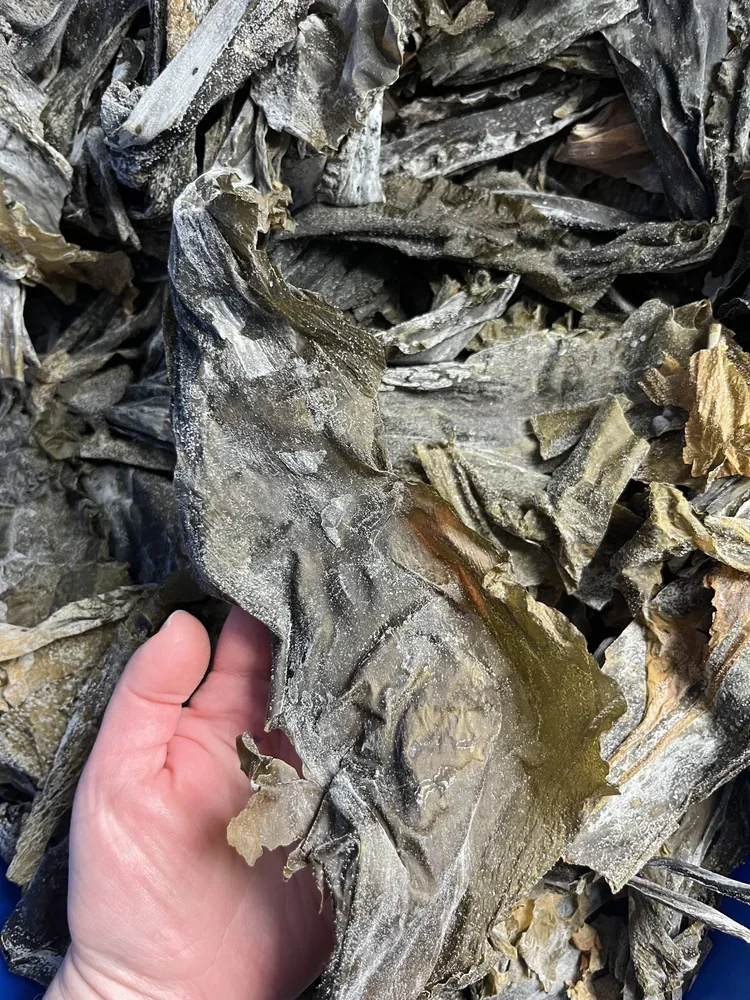 Image 5 of 5
Image 5 of 5






Common or 'Sugar' Kelp (Laminaria saccharina) - Whole Leaf, Flakes, Powder
Dried Sugar or Common Kelp (Laminaria saccharina)
Our Dried Sugar Kelp (Laminaria saccharina), also known as Common Kelp, is a nutritious edible seaweed sustainably hand-harvested from the cold, clean waters of the Gulf of Maine. Found growing along rocky ledges, moorings, and tidal lines, this brown seaweed is collected at peak quality and air-dried naturally in our greenhouse to preserve its minerals and flavor. With a smooth texture and mild, salty-sweet taste, Sugar Kelp is a staple in coastal cuisines and wellness traditions. It’s rich in iodine, calcium, potassium, and magnesium—making it a valuable ingredient for soups, broths, teas, and natural health products. Available as whole leaf, flakes, or powder for easy use in cooking or formulation.
Key Facts:
Common name: Sugar kelp, common kelp
Scientific name: Laminaria saccharina
Locations: Low tide beds, rocky ledges, mooring balls, docks, floats, and lines
Seasonality: Available all year, but grows best in winter and spring
Colors: Brown
Size: Whole leaf, flakes, or powder
Collected: By hand
Note: This is a natural edible seaweed. Natural variations in size, color, and appearance from photos should be expected.
Dried Sugar or Common Kelp (Laminaria saccharina)
Our Dried Sugar Kelp (Laminaria saccharina), also known as Common Kelp, is a nutritious edible seaweed sustainably hand-harvested from the cold, clean waters of the Gulf of Maine. Found growing along rocky ledges, moorings, and tidal lines, this brown seaweed is collected at peak quality and air-dried naturally in our greenhouse to preserve its minerals and flavor. With a smooth texture and mild, salty-sweet taste, Sugar Kelp is a staple in coastal cuisines and wellness traditions. It’s rich in iodine, calcium, potassium, and magnesium—making it a valuable ingredient for soups, broths, teas, and natural health products. Available as whole leaf, flakes, or powder for easy use in cooking or formulation.
Key Facts:
Common name: Sugar kelp, common kelp
Scientific name: Laminaria saccharina
Locations: Low tide beds, rocky ledges, mooring balls, docks, floats, and lines
Seasonality: Available all year, but grows best in winter and spring
Colors: Brown
Size: Whole leaf, flakes, or powder
Collected: By hand
Note: This is a natural edible seaweed. Natural variations in size, color, and appearance from photos should be expected.

Shimmery, golden sugar kelp.
Tidepool Tim says, “Sugar kelp gets its name from the sweetish white powder that forms on the edges of a dried frond as it lies washed up on beaches in the summer sun. In the tidepools, kelp provides food and protection for lots of animals. Sea urchins love to munch on the fronds or stalk, even the holdfasts. Holdfasts themselves provide a microcosm of sea life including snails, Corallina, sea oak, sea grapes, scaleworms, bryozoa, & sponges. Periwinkle snails love to graze on the 'leaves' or long fronds licking their way up and down and leaving tiny trails like miniature "zambonis." Obelia hydroids cover the fronds during the summer and fall months as they complete their seasonal life cycles. Busy-backed nudibranchs, in turn, graze on the hydroids and bryozoans. A kelp bed is much like the large trees in the rain-forest. dozens of species depend on kelp for food and habitat. It supports a complete food chain.”


